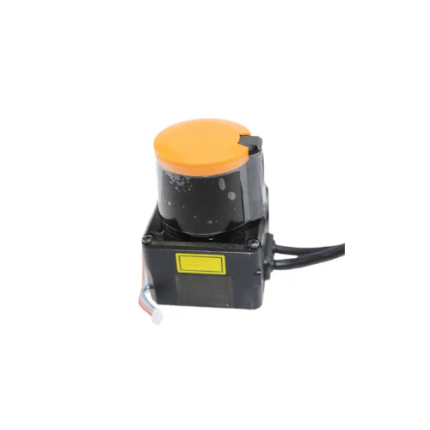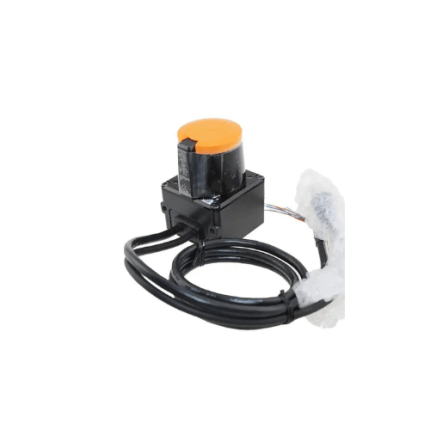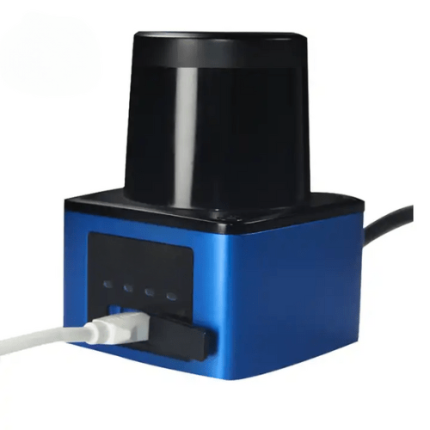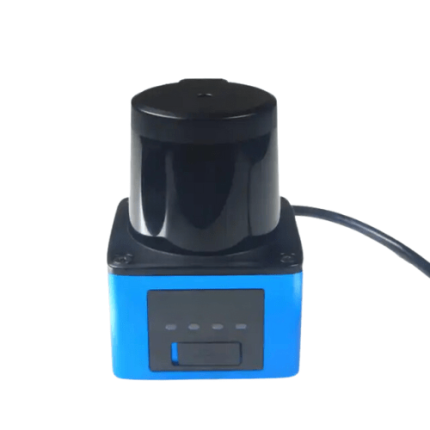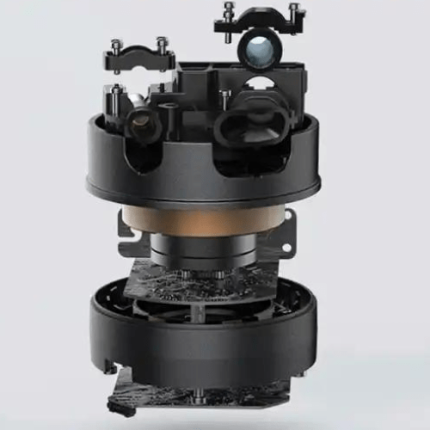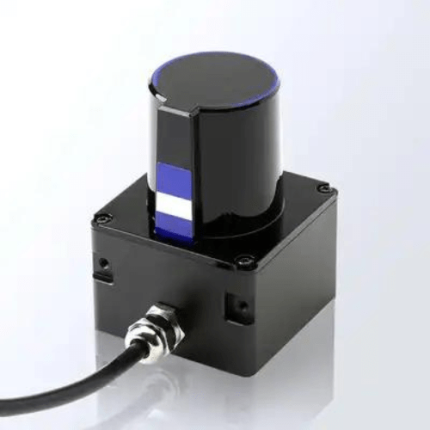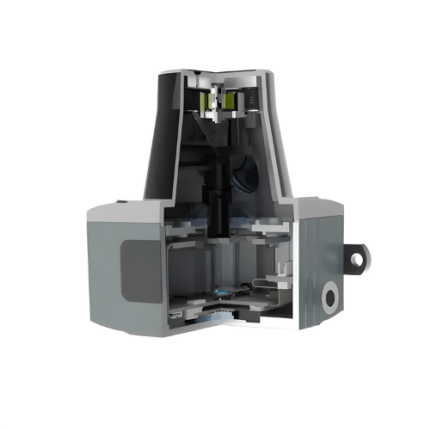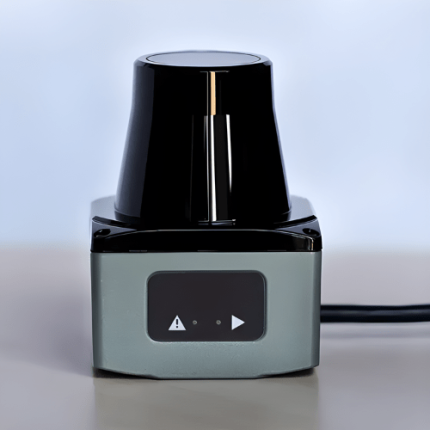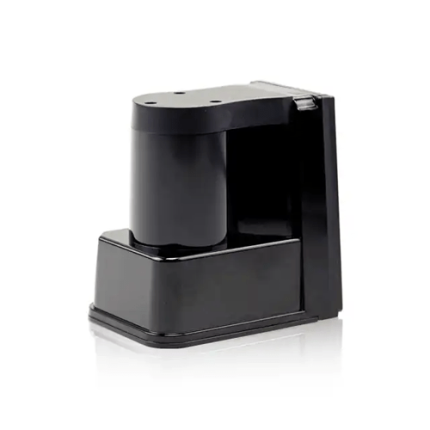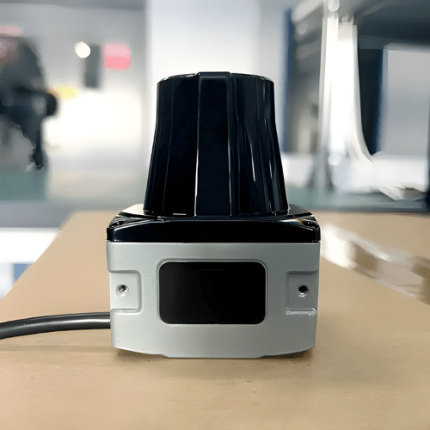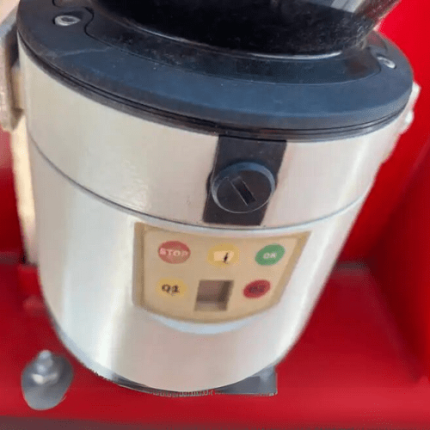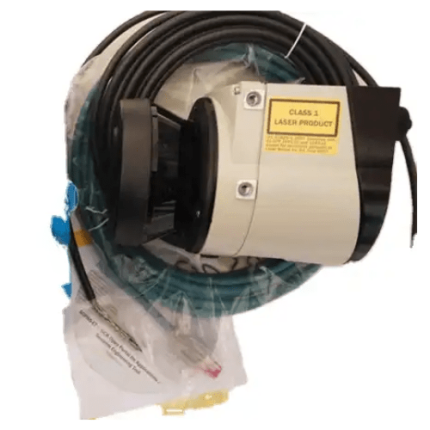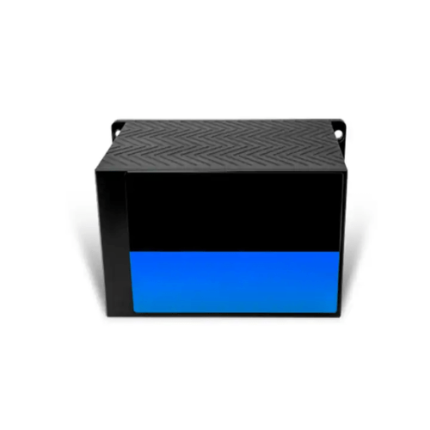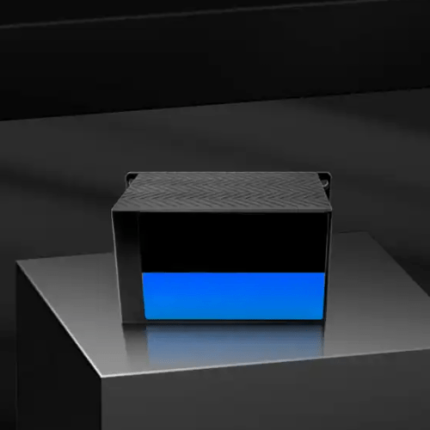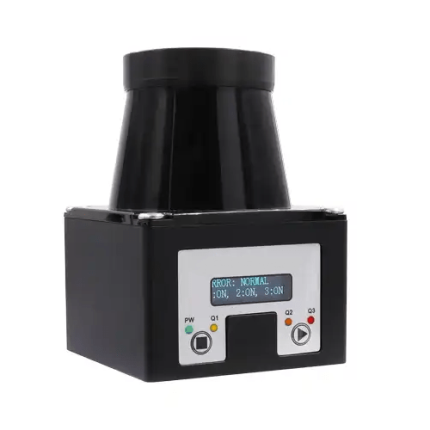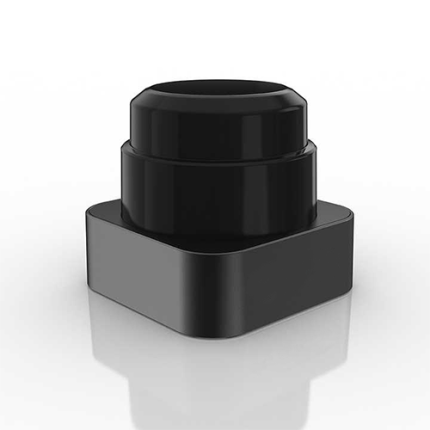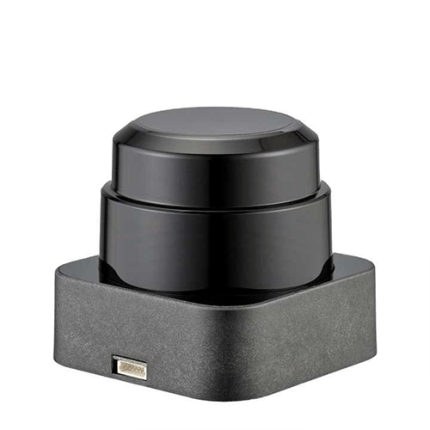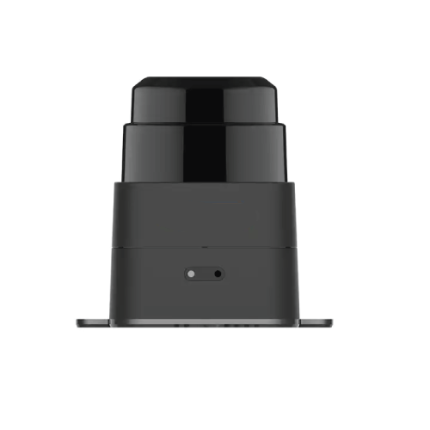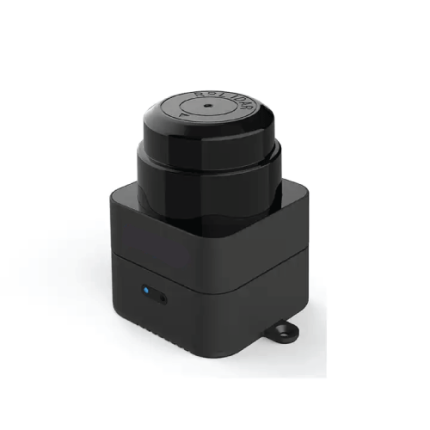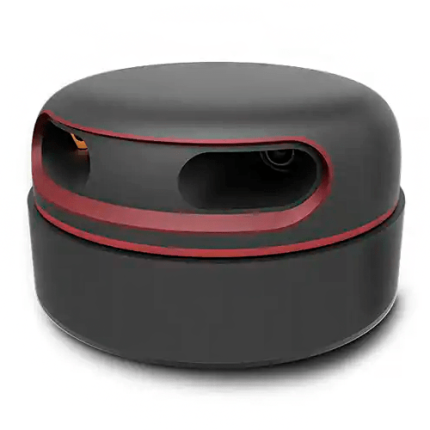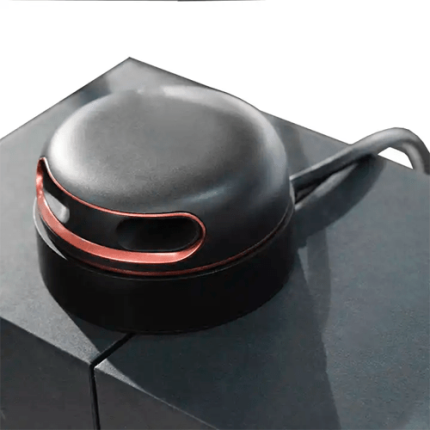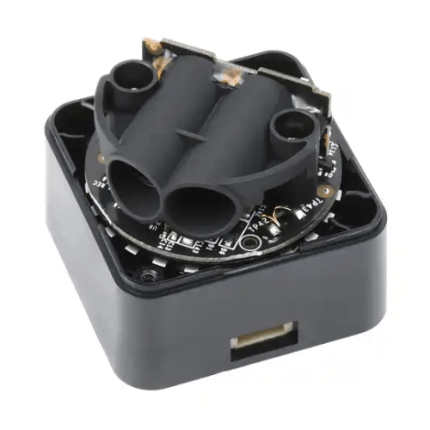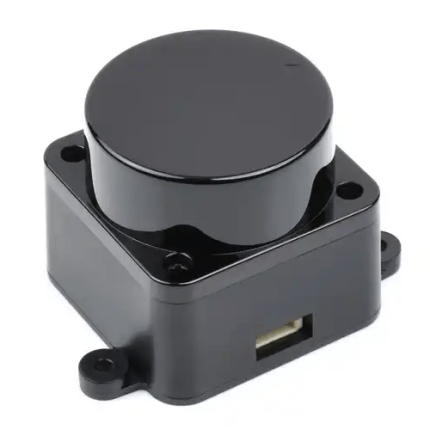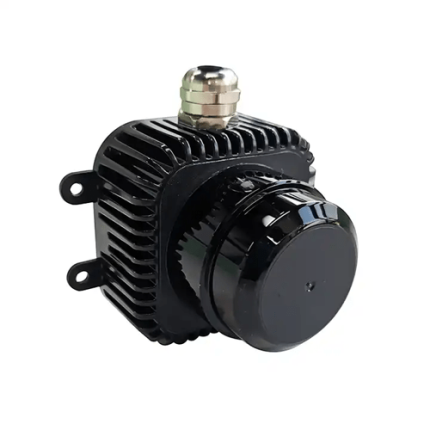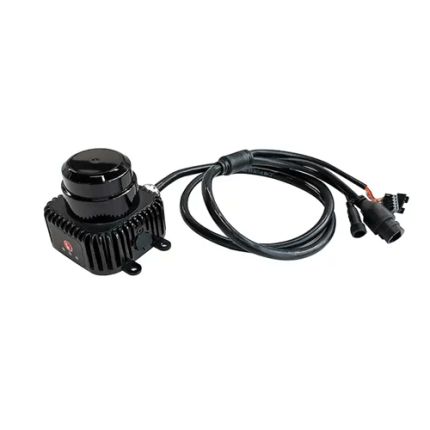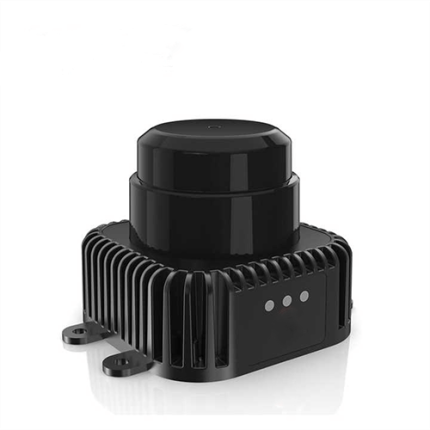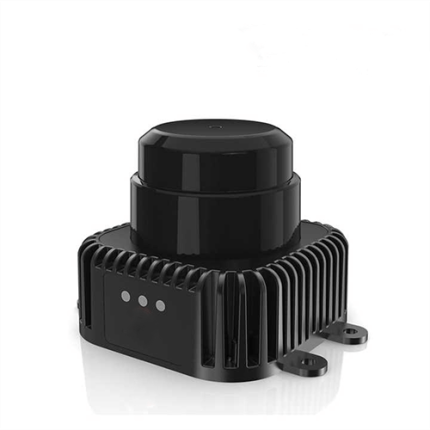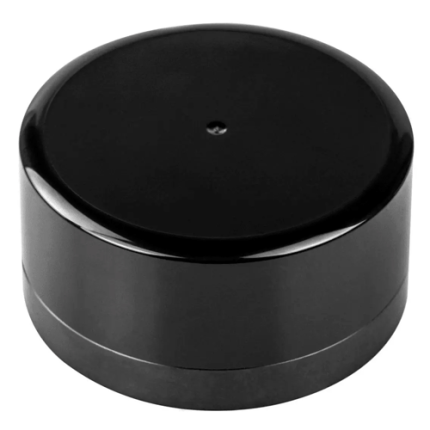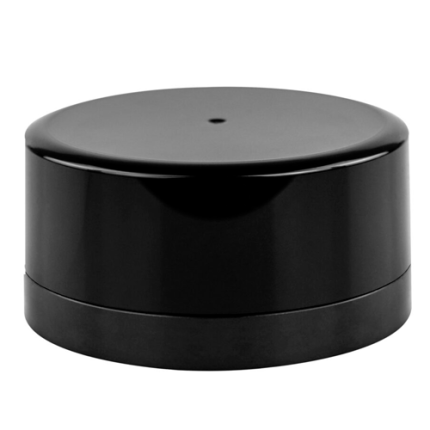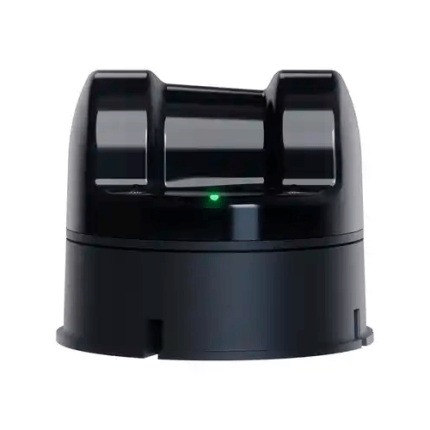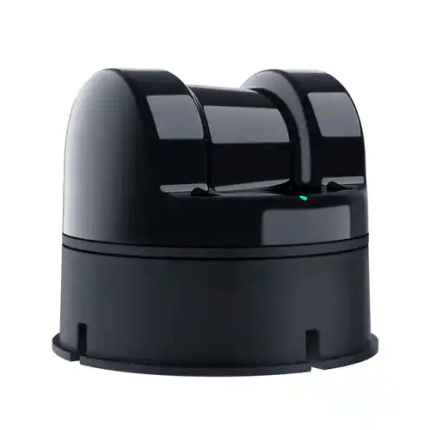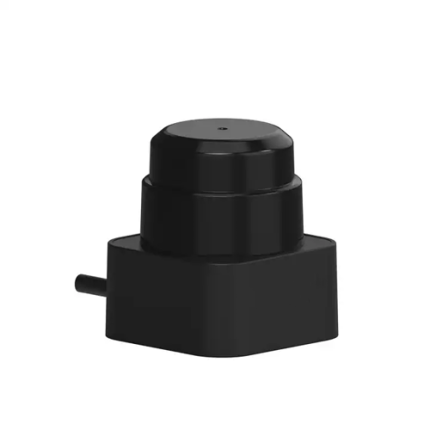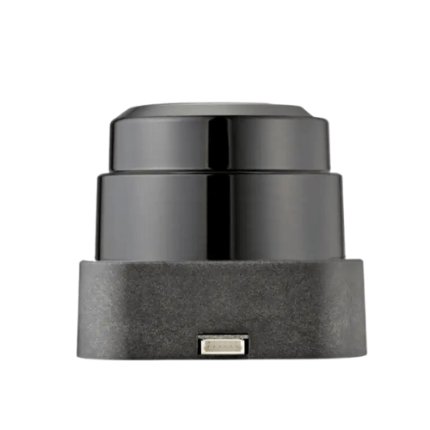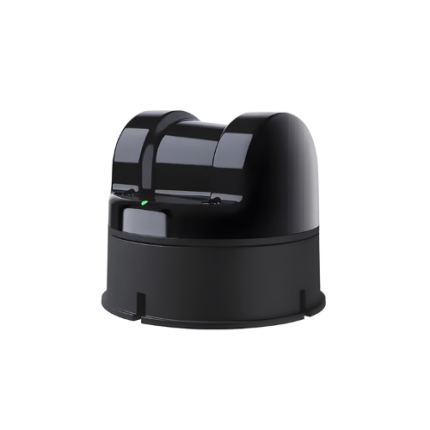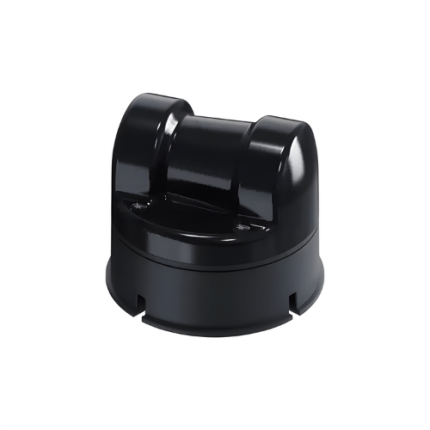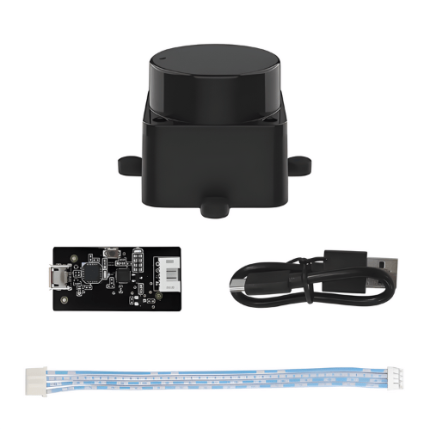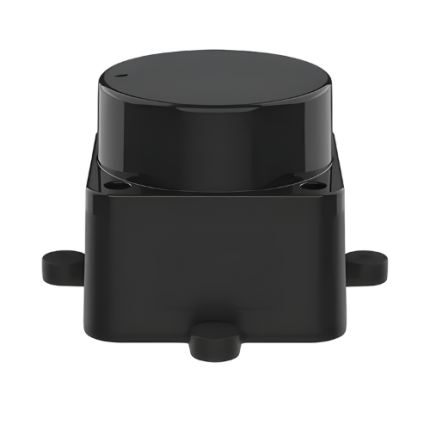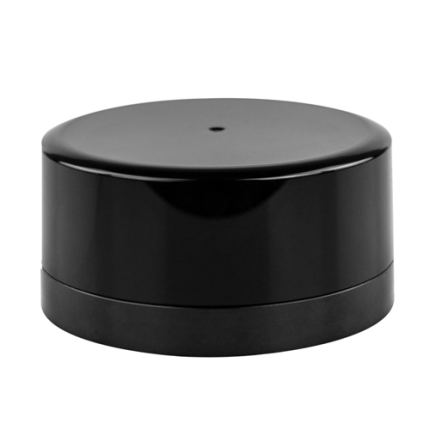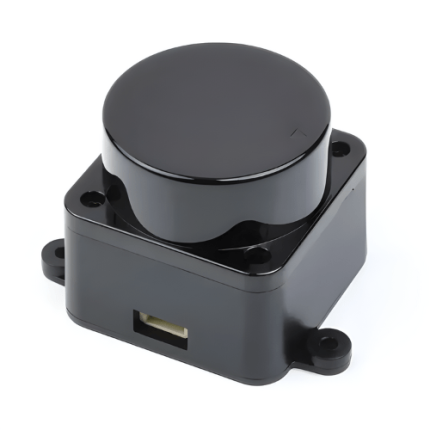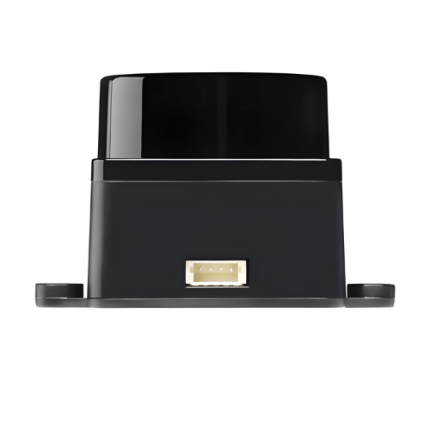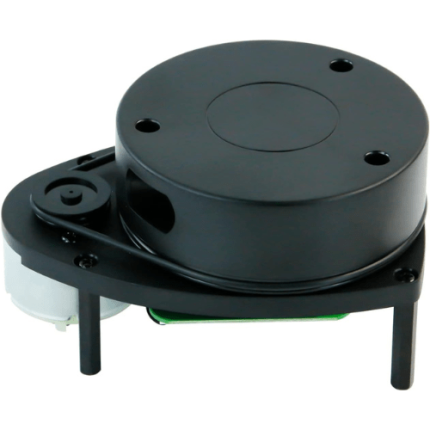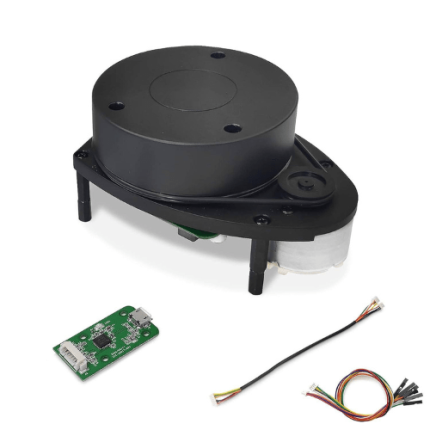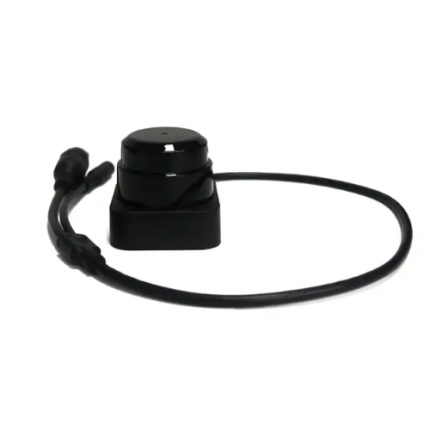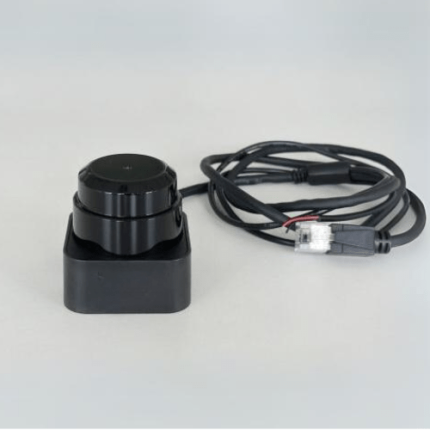GAO’s Positioning sensors are advanced devices designed to determine and report the precise location of objects or individuals within a given space. These sensors leverage various technologies, such as GPS, RFID, and inertial measurement units (IMUs), to deliver accurate positional data. They are crucial in applications ranging from industrial automation and robotics to logistics and personal safety. Positioning sensors enable real-time tracking, spatial analysis, and navigation by continuously monitoring movement and orientation. GAO Tek’s positioning sensors are engineered for high precision and reliability, offering features like adaptive algorithms and integration capabilities for enhanced functionality. These sensors support efficient operations, improved safety, and better decision-making across diverse industries.
The Positioning Sensor may also be called: Position Sensor, Displacement Sensor, Location Sensor, Spatial Sensor, Angular Sensor, Distance Sensor, and Navigation Sensor.
270° Laser Sensor, 0.06m to 30m Range, Ethernet Interface, 25ms Speed – GAOTek
270° LiDAR Sensor, 0.01m-6m Range, 12mrad Divergence Angle – GAOTek
270° LiDAR Sensor, 12V DC, 0.3 in Resolution, 30kHz Sampling Rate – GAOTek
270° Range DTOF Laser Rangefinder with Mechanical Rotation and IP65 – GAOTek
270° Scanning Lidar Sensor, 20 Hz Rate, ±0.02m Accuracy, 0.25° Angle – GAOTek
270º Photoelectric Sensor, 10 Hz to 20 Hz, 25m Range, 9-36 V Power – GAOTek
2D Laser Scanner, 20m Range, 270° Aperture, 25/50 Hz Scanning Frequency – GAOTek
32-Channel LiDAR, 120° FOV, 905nm Wavelength, 2cm Accuracy
320° LiDAR with 30m Range, Configurable Delay & 64 Channels – GAOTek
360° Distance Sensor, 0.15-40m Range, 3-5cm Accuracy, Proximity – GAOTek
360° Laser Range Finder with 40m Range, 9.2 KHz Sampling Frequency – GAOTek
360° Laser Range Scanner, 0.2m to 8m, 5Hz to 15Hz, 0.5mm Resolution – GAOTek
360° Laser Range Sensor, 40m Detection, DC10-26V, ±0.3° Parallelism – GAOTek
360° Laser Scanner ±5cm Accuracy, Adjustable 7-15 Hz Scan Frequency – GAOTek
360° Laser Scanner with 20kHz PRF, ±1.2 in Accuracy, 82ft Range – GAOTek
360° Laser Scanner, 30m Range, 11 Hz Scanning, TTL UART, Class 1 Safety – GAOTek
360° Laser Sensor, 0.1m to 40m Range, 0.4° Resolution, 5.1 VDC, IP5X – GAOTek
360° LiDAR Sensor with 30m Range and 11Hz Frequency – GAOTek
360° LiDAR Sensor, 0.02-12mm Range, 15mm Resolution, 895-915nm – GAOTek
360° Lidar Sensor, 10 Hz Scan, 82ft Range, ±3cm Accuracy, 95nm Wave – GAOTek
360° LiDAR Sensor, 12m Range, 4500 Hz, 895-915nm Wavelength – GAOTek
360° LiDAR Sensor, 2m Range, 8000 Hz Frequency, 5V Power – GAOTek
360° LiDAR Sensor, 40m Range, 0.2° Resolution, 18 kHz Frequency – GAOTek
GAO’s Positioning Sensors are composed of following components:
- Sensor Element
- Signal Processing Unit
- Power Supply
- Interface and Communication Protocol
- Housing and Enclosure
- Mounting and Installation Hardware
- Environmental Protection Components
- Calibration and Adjustment Mechanisms
GAO Tek’s Positioning Sensors have the following functions:
- Position Detection: Positioning sensors accurately detect the absolute or relative position of an object within a defined space. This function is essential for applications requiring precise control and measurement, such as robotics, manufacturing, and navigation systems.
- Movement Tracking: These sensors continuously monitor and record the movement of an object over time. This function is critical in applications like motion capture, vehicle tracking, and automated guided vehicles (AGVs), where real-time movement data is necessary for performance and safety.
- Orientation Measurement: Positioning sensors measure the angular orientation of an object in three-dimensional space. This function is vital in applications such as aerospace, virtual reality, and robotics, where knowing the exact orientation is necessary for accurate control and navigation.
- Distance Measurement: Some positioning sensors can determine the distance between the sensor and a target object. This capability is essential for applications like level measurement in tanks, distance measurement in surveying, and obstacle detection in autonomous vehicles.
- Speed and Acceleration Measurement: Positioning sensors can also measure the speed and acceleration of an object. This function is particularly useful in automotive testing, sports performance analysis, and machinery monitoring to ensure optimal performance and safety.
- Feedback for Control Systems: In automated systems, positioning sensors provide critical feedback to control systems, enabling precise adjustments and corrections in real-time. This feedback loop is essential for maintaining accuracy, efficiency, and reliability in applications such as CNC machines, robotic arms, and automated assembly lines.
- Safety and Collision Avoidance: Positioning sensors are used to enhance safety by detecting and preventing potential collisions. In industrial automation, these sensors ensure that machines operate within safe boundaries, preventing accidents and protecting both equipment and personnel.
- Data Logging and Analysis: Positioning sensors often include capabilities for data logging, allowing for the collection and analysis of position-related data over time. This function is important for diagnostics, maintenance, and performance optimization in various industrial and research applications.
- Environmental Monitoring: In some cases, positioning sensors are integrated with other sensors to monitor environmental conditions such as temperature, humidity, and pressure. This combined data helps in applications like climate control, agricultural automation, and environmental research.
GAO Tek’s Positioning Sensors comply with applicable industry standards such as:
- ISO Standards
- IEC Standards
- ANSI Standards
- ASTM Standards
- IEEE Standards
- NEMA Standards
- RoHS Compliance
- CE Marking
- UL Certification
Our Positioning Sensors help our customers comply with relevant U.S. government regulations such as:
- Federal Communications Commission (FCC) Regulations
- Occupational Safety and Health Administration (OSHA) Standards
- National Institute of Standards and Technology (NIST) Guidelines
- Environmental Protection Agency (EPA) Regulations
- Food and Drug Administration (FDA) Regulations (for medical devices)
- Department of Defense (DoD) Standards (for military applications)
Our Positioning Sensors help our clients in comply with relevant Canadian government regulations such as:
- Innovation, Science and Economic Development Canada (ISED) Regulations
- Canadian Standards Association (CSA) Standards
- Health Canada Regulations (for medical devices)
- Measurement Canada Standards
- Environment and Climate Change Canada (ECCC) Regulations
- Canadian Electrical Code (CEC) Compliance
Our Positioning Sensors have the following applications:
- Industrial Automation: Positioning sensors are used to enhance the precision and efficiency of automated manufacturing processes. They help in controlling robotic arms, conveyor systems, and assembly lines, ensuring components are correctly positioned and movements are accurately executed.
- Robotics: In robotics, positioning sensors are essential for navigation, path planning, and task execution. They enable robots to understand their environment, avoid obstacles, and perform complex tasks with high accuracy.
- Automotive Industry: Positioning sensors are critical in the development and operation of autonomous vehicles. They assist with navigation, collision avoidance, and parking assistance. Additionally, they are used in various driver-assistance systems to enhance vehicle safety and performance.
- Aerospace and Defense: In aerospace, positioning sensors provide vital data for navigation and control of aircraft and spacecraft. In defense, they are used in missile guidance systems, drone navigation, and for tracking and targeting purposes.
- Healthcare: Positioning sensors are used in medical devices and equipment for applications such as patient monitoring, surgical navigation, and the positioning of imaging devices. They ensure the precise delivery of treatments and improve patient outcomes.
- Consumer Electronics: In consumer electronics, positioning sensors enhance user experiences in devices such as smartphones, tablets, and gaming consoles. They enable features like location tracking, augmented reality, and motion sensing.
- Logistics and Supply Chain Management: Positioning sensors are used to track the location of goods and assets in real-time. They help in inventory management, route optimization, and ensuring the timely delivery of products.
- Construction and Surveying: In construction, positioning sensors assist with the accurate placement of structures and machinery. In surveying, they provide precise measurements for mapping and land assessment.
- Agriculture: Positioning sensors enable precision agriculture by guiding autonomous tractors, monitoring crop health, and optimizing planting and harvesting processes. They help in reducing resource usage and improving crop yields.
- Marine and Underwater Exploration: In marine applications, positioning sensors aid in navigation, underwater mapping, and the monitoring of marine environments. They are used in autonomous underwater vehicles (AUVs) and remotely operated vehicles (ROVs).
- Telecommunications: Positioning sensors are used in the alignment of antennas and satellites to ensure optimal signal transmission and reception. They help in maintaining the integrity and performance of communication networks.
- Sports and Entertainment: In sports, positioning sensors track athlete performance and movement for training and analysis. In entertainment, they are used in motion capture systems to create realistic animations and virtual reality experiences.
- Research and Development: Positioning sensors are employed in various research fields to gather precise data for experiments and studies. They are crucial in fields such as physics, biology, and environmental science.
- Energy Sector: In the energy sector, positioning sensors are used to monitor and control the positioning of solar panels, wind turbines, and other renewable energy systems to maximize efficiency and energy output.
- Smart Infrastructure: Positioning sensors contribute to the development of smart cities by enabling the monitoring and management of infrastructure such as bridges, roads, and public transportation systems. They help in improving safety, efficiency, and urban planning.
Below are our resource pages containing useful information on Positioning Sensors:
FAQs on Positioning Sensor on GAOTek.com
How to Choose a Positioning Sensor
Components of Positioning Sensors
Operation, Maintenance & Calibration of Positioning Sensors
Customers in the U.S and Canada of Positioning Sensors
Applications of Positioning Sensors in Asset Tracking
Our Positioning Sensors are in stock and can be shipped overnight within the continental U.S. and Canada from a nearby warehouse in the U.S. or Canada, and can also be shipped globally.
We provide 24/7 support. If you have any questions, our technical experts can help you. Please fill out this form or email us.

